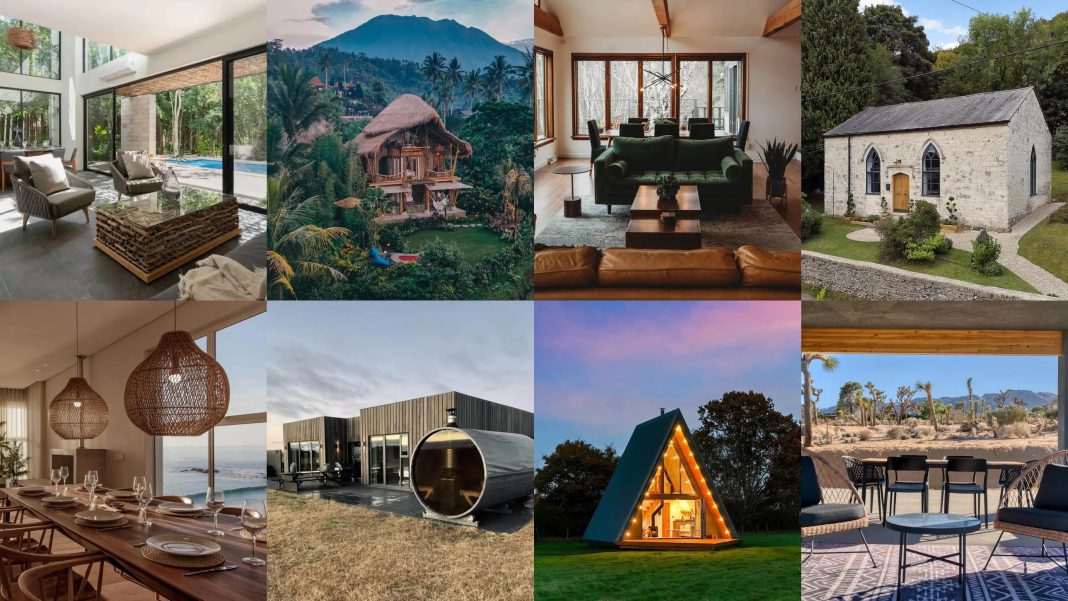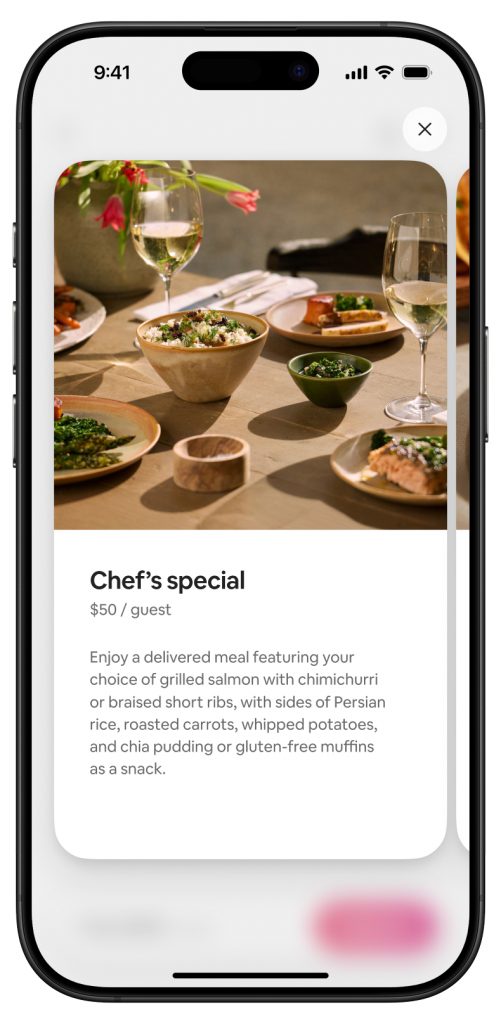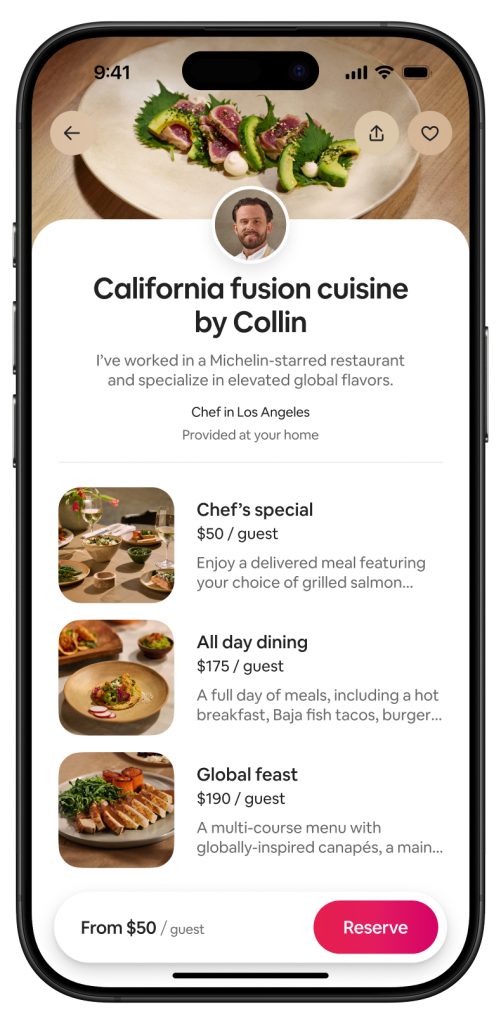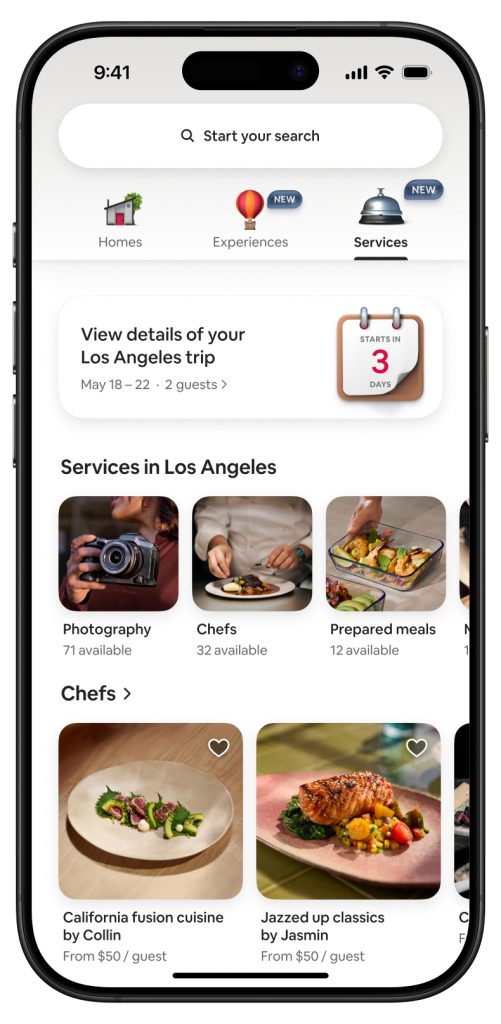Workplace designers have been taking cues from hospitality design for years. The next opportunity lies in adopting an app-based approach, grounded in user experience (UX) and behavioral engagement.
We can take a page from the user experience handbook and curate personalized moments and events. In May 2025, Airbnb launched an update that transformed its room booking tool into a platform for experiences and services. This enables travelers to book pre-vetted chef curated meals, yoga sessions, art walks, and even access exclusive events at festivals like Lollapalooza. This transition from logistics to lifestyle offers a potential model for workplace design.
We can reframe the workplace not only as a place to spend the 9-5, but as a place to engage with daily.
A redesigned app that makes it easy to book homes, services, and experiences—all in one place. Image Courtesy of Airbnb
The Space Shift to Service
This evolution aligns with shifting generational values, especially for Gen Z. According to a 2025 study on generational travel styles, Gen Z prioritizes connection, uniqueness, and emotion over predictability or luxury. And their behavior in the workplace reflects the same preferences they bring to how they travel, shop, and learn.
By seeking moments that feel authentic and memorable, Gen Z reveals what the next workplace should be. Imagine translating that mindset into the workplace:
- A barista led latte art workshop during a low-energy Tuesday.
- A pop-up kombucha tasting by a local brewer.
- Community accessible lunch lectures with visiting creatives, entrepreneurs, or community leaders
- Curated team-building off-site goal framework workshops.
- A Chef’s Table lunch series where seats feel as exclusive as restaurant reservations
These micro-experiences move beyond amenities. This is not just hospitality programming either, it’s a UX strategy, a digital and physical ecosystem designed to offer value per visit and build culture through participation. More than just place-making, this is moment-making.
These aren’t distractions, they’re how trust and belonging are created, defining workplace culture.
Dopamine Design Boost
As Don Norman shares in Emotional Design, positive emotion enhances performance and creativity. Meanwhile, neuroscience tells us that dopamine spikes not when a reward is received, but when it’s anticipated. This is where workplace platforms can take a cue from consumer tech. Companies like Airbnb, Duolingo, and Instagram build addictive UX by combining personalization, anticipation, surprise, and reward.
A future-ready workplace platform could operate similarly. Rather than logging in to check a floor plan, employees could browse a daily feed of experiences tailored to their role or team. If everyday office life included surprise elements like “drop-in” workshops, daily technology demos, or spontaneous pop-up shops, engagement develops as a habit, not an obligation.
Workplace App Notifications might include:
- Daily invitations to RSVP for experiential moments
- A “cultural feed” layered into the desk and meeting room booking app
- Filters to explore team-building ideas, wellness, or peer-led skill shares
- Personalization based on department, project or past participation.
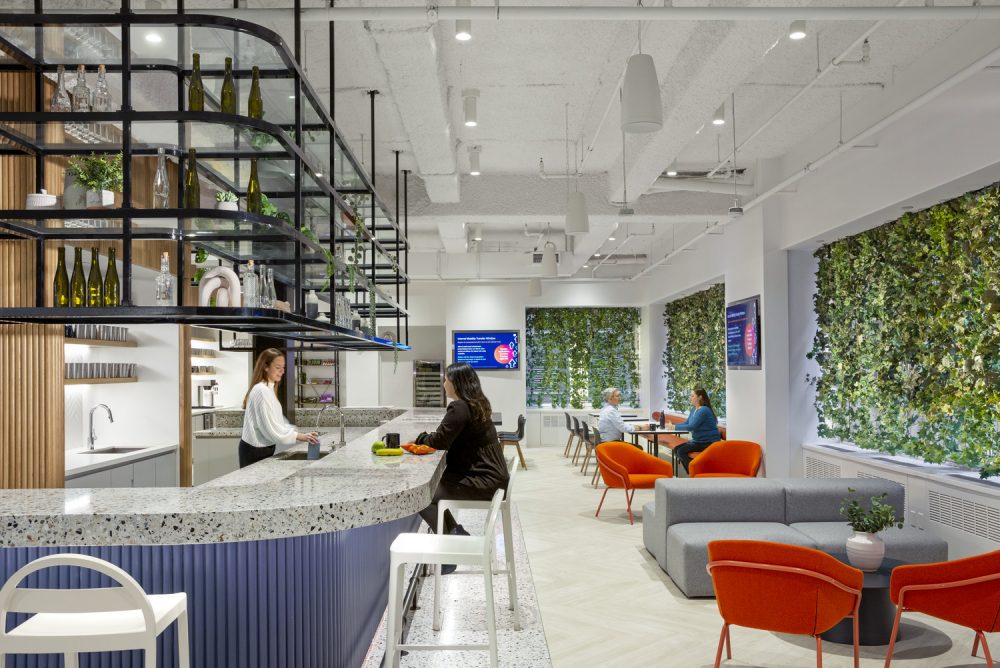
From Amenity to Activation
Physical space still matters. Welcoming lounges and quality coffee aren’t going anywhere, but without programming, the spaces remain passive. What drives engagement is activation. This activation layer doesn’t require a big budget but thoughtful curation. It means designing moments that are intentional and attention worthy. This could mean hiring the equivalent of a Front of House concierge, someone who curates playlists and sends personal invitations, just as a boutique hotel would host their guests.
Shifting to an Experience Platform
Think like an app designer: How can the office offer layers of engagement beyond physical space? Connect to emotions and create anticipation.
Design for awe and discovery: Treat the workplace as a venue and create a program of rotating experiences that build shared ritual.
Curate digital and physical experiences, not just amenities: Allow employees to browse, book, and share experiences with the same ease they would use a lifestyle app.
Measure meaning, not just metrics: Track repeat participation, peer referrals, and post-event feedback as indicators of cultural traction.
Design for participation, not just presence: Use UX and behavioral psychology to design interfaces that generate daily engagement.
As expectations around the workplace continue to change so are the strategies used to shape them. The future workplace isn’t only about how we work. It’s about how we feel while working and what motivates us to return to the office. Airbnb recognized that an authentic experience was the real product. Much like Airbnb understood the future of travel isn’t just about beds, workplaces need to see that the future isn’t just about desks.

